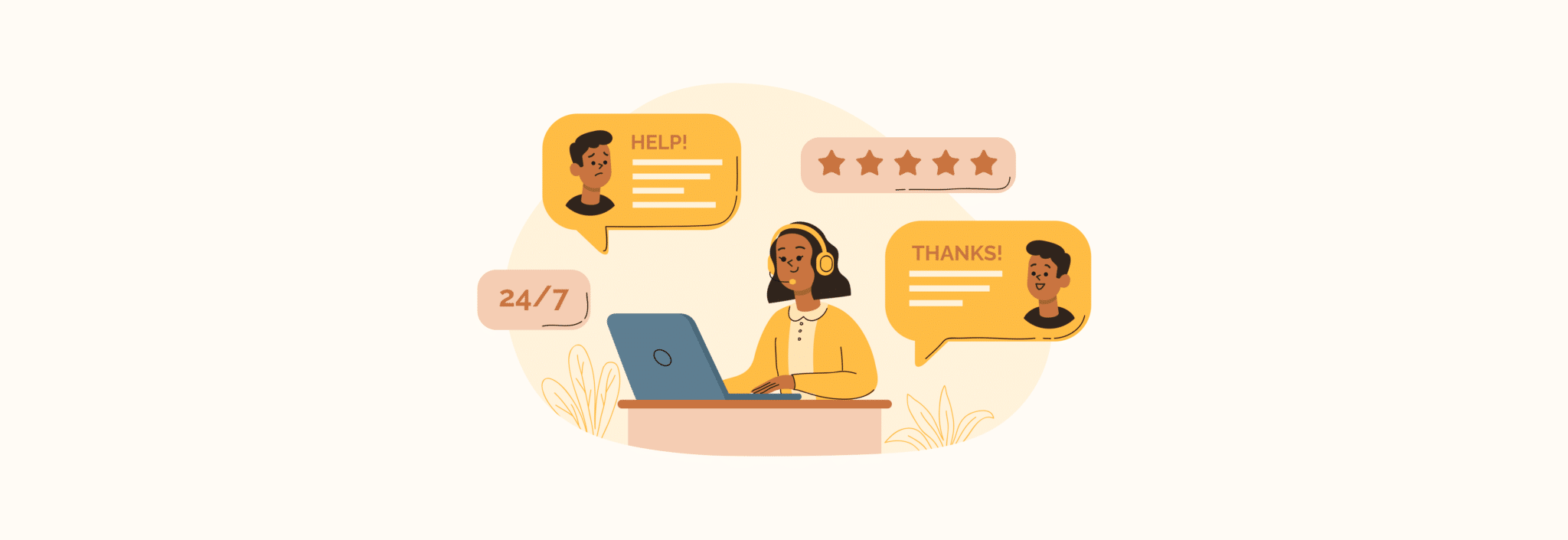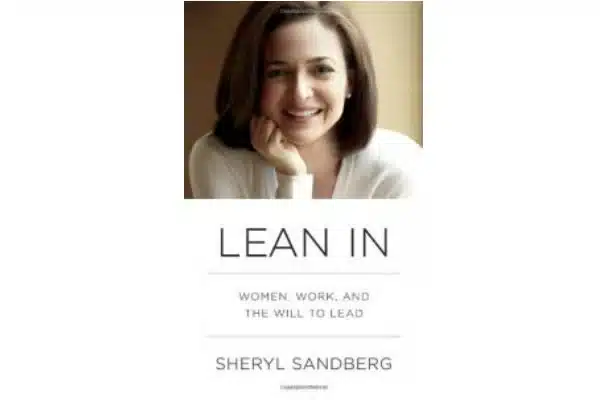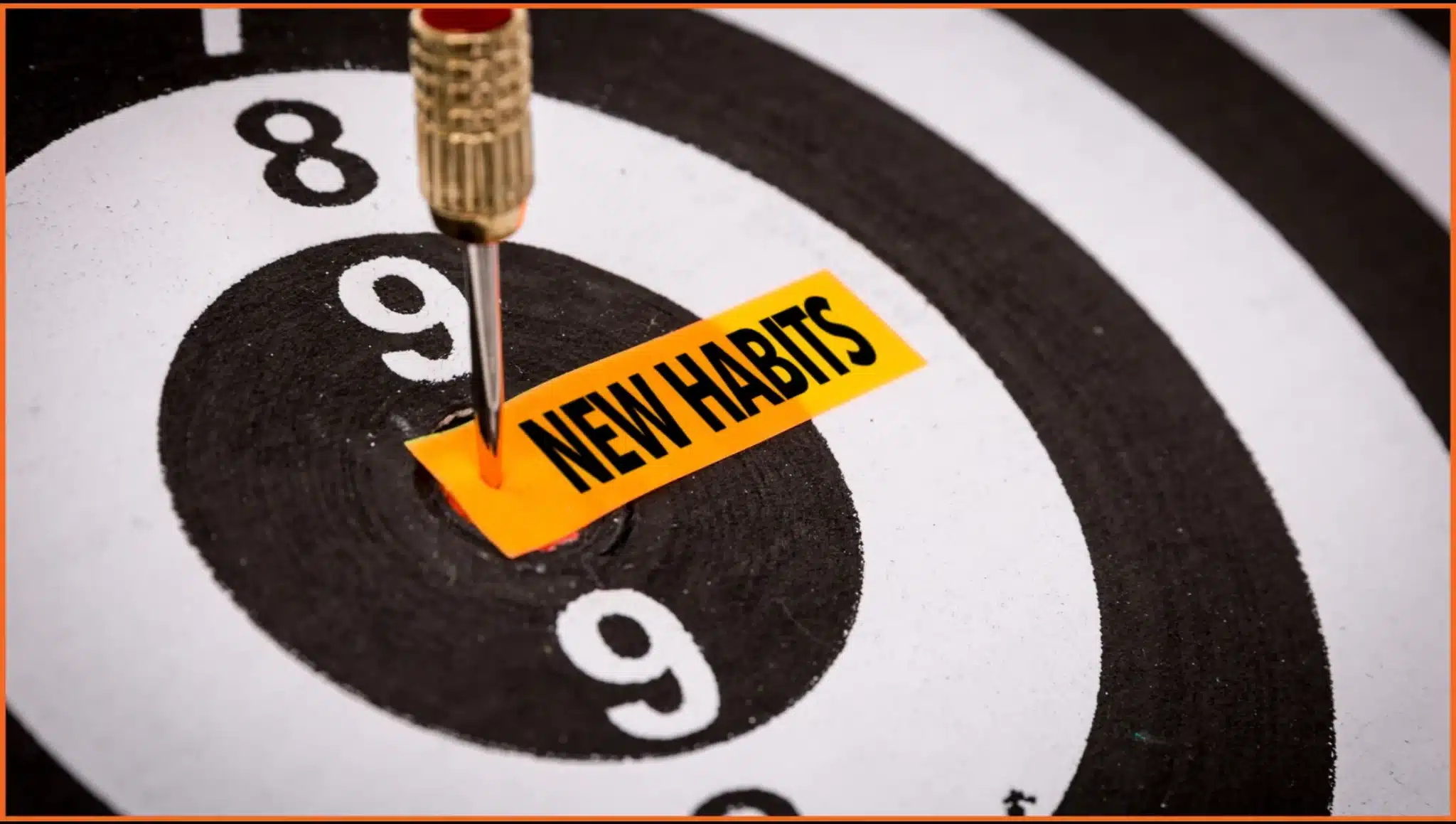
To make sense of the world around us, humans rely heavily on their intuition along with their intelligence. Intuition is marvellous, indeed. In the blink of an eye, in the absence of much information or data points, it helps us assess, judge, and decide the better of given choices. Malcolm Gladwell’s bestselling book, “Blink” celebrates the marvels of the intuitive mind, in a highly influential manner. So much so, that it left an impression on thousands of people that intuitive decision making was in some ways ’magically’ superior to careful, deliberate decision making.
But with the marvels of intuition, also comes its flaws. The world in our head is not a reliable replica of the reality. Rather, it is coloured by our own systemic biases, emotions, wishes, and unconscious preferences. This distorted can quite often lead us towards decision that may not be optimal, while making us believe otherwise. Even Gladwell’s ‘Blink’, which praises the power of intuition, changes track in the latter part and suggests caution while relying on intuition.
We can be blind to the obvious, and we are also blind to our blindness.
-Daniel Kahneman.
Daniel Kahneman is a Nobel Laureate, and considered a beacon in the field of psychology of judgement and decision making. For making it easier for us to understand, he relied on calling the ‘intuitive mind’ as ‘System 1’ (Ref. book: Thinking Fast and Slow) and the ‘rational/logical mind,’ as ‘System 2.’
Characteristics of these two systems:
Table of Contents
System 1: Effortless, intuitive, & allows one to make quick free-wheeling associations; it also relies heavily on experience and memory.
System 2: Effortful, deliberate, requires concentration to actually make choices; It has strong statistical consideration.
One cannot deny that the quality of one’s life depends on the quality of decisions taken by us, over the years. The decisions could be either made for us (intuitive System 1) or we can make a deliberate and well informed decision (System 2.) Kahneman warns us about the risk of making wrong choices if we solely rely on our intuition (System 1.) And for important and critical decisions, he strongly recommends using the deliberate System 2. But, the problem is that System 2 is a ‘lazy’ system. A rather slow process, it requires huge effort on our end. Many of us do not want to go there. It is always easy to go by what the intuitive mind says as it saves us the effort of going through lot of information, data, and deliberations.
However, this laziness can be costly in the long run. We run the risk of making the wrong choice, due to the inconspicuous flaws of our intuitive mind. And, for this very reason, it is advisable to lean more towards the System 2, especially for important and critical decisions.
The Intuitive Decision Making (System 1):
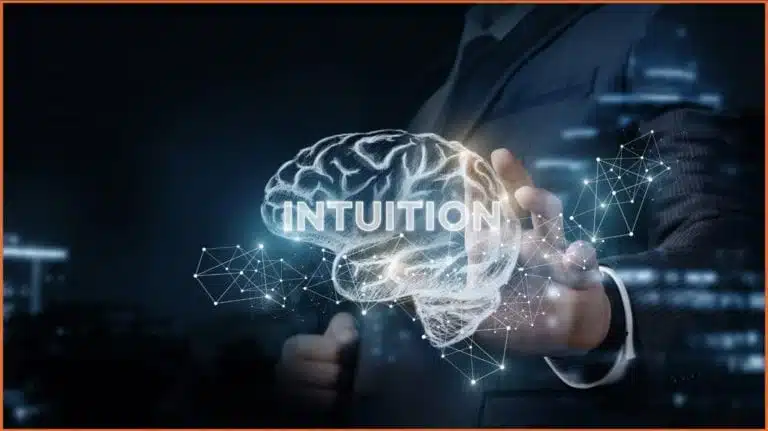
Gladwell in his book recounts many stories of intuitive decisions, which went on to make a huge impact and often made the difference between winning and losing, for many. An example that comes to mind is that of our own men in blue. Dhoni’s decision to promote himself higher-up the order in the world Cup 2011 final, is among the most celebrated decision in the history of Indian cricket. It contributed towards us winning the cup, in a big way. But, wasn’t it a gut feeling that lead Dhoni to make this decision? You might ask. And, how does make a case against such a compelling power of intuition?
To understand this, we need to differentiate the “gut-feel intuition” from another type of intuition which is called “expert intuition”. What Dhoni and many of the Gladwell’s heroes successfully leveraged, is the expert intuition.
Expert Intuition:
Consider a seasoned chess master. Due to his long hours of practising various chess moves and configurations over many years, when passing people playing chess with a new unique situation on the chess board, he intuitively can suggest a great move. This is because he derives this quick decision making ability from his deep experiences. He can sense patterns and cues, comparing them to similar situations stored in his memory. All this may be happening quickly, intuitively, but it still is a well thought out decision.
Thus, making an expert intuitive decision comes with the pre-requisite of years of hard work and practice in any given field.
There is another reason to pick up the chess example here. The expert intuition is not equally reliable in every field. For example, stock analysts and political pundits are more likely to be wrong on their expert intuition than the chess masters, surgeons, or pilots.
Why?
Daniel Kahneman collaborated with Gary Cline to come up with two basic conditions for trustworthy expert intuition:
- An environment which is sufficiently regular to be predictable
(guided by predictable principles/rules) - An opportunity to learn these regularities through prolonged practice
In summary, while intuitive decisions might seem magical, relying on them puts us at a grave risk of making the wrong choices. After all, if even the experts need ideal conditions to rely on their intuitions, what are our chances of making a good decision based on simply our intuition?
Role of emotions in decision making

For centuries, social scientists worked with two basic premises:
1. People are generally rational
2. They depart from rationality only when swayed by strong emotions like fear, anger, hatred, etc
The understanding of the unconscious biases has proved that the departure from rationality could also be due to the design of the cognition machinery (thought, experience & senses.) And not just our cognition being coloured by emotions. In simpler terms, the sole reliance on System 1 could throw you off logic and rationality, without you even recognizsing that. This in no way undermines the role of short-term emotions on making wrong choices. The recommendation is not to make critical decisions during any of the high emotional states. Cool down, give it some time, before taking a critical decision.
Kahneman, also points out an interesting phenomenon – a good mood, in absence of any perceived fear, allows a free rein to System 1. Which obviously means it supresses the ability to engage in deep, effortful work (System 2).
Researchers at the University of Waterloo, Canada showed that there are some people for whom bad mood hones their thinking skills. These were high-reactive individuals – people who have rapid, intense, and enduring emotional responses. They performed better on executive functions of the brain (System 2), when experiencing a bad mood. In a similar study, Dr. Robert Sinclair and Carrie Lavis of University of Alberta found evidence that sad people appeared to be devoting more energy to the task to distract themselves from their sad feelings. Essentially, our emotions do hijack our decisions; this is when logic and intuition collide, and we become vulnerable to making wrong choices.
The Deliberate Decision Making (System 2)
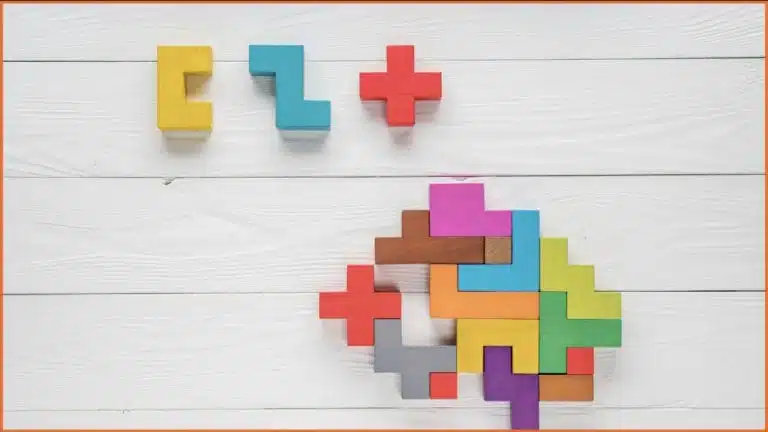
Objective, Criteria & Candidates:
Defining a clear objective is the pre-requisite to any reliable, deliberate decision-making process. An objective specifies what a decision maker is trying to accomplish, and by doing so provides measures that can used to choose between alternatives.
Many years ago, engineers at Intel were working with an objective of ‘improving the quality of video-conferencing.’ The project was not going anywhere as the team was struggling and could only come up with marginal improvements. That was until their CEO John Chambers re-stated the objective as
‘How can we make the virtual meetings across continents almost live, like face-to-face? How can we provide a viable alternative to air travel which so many managers have to undertake to attend these meetings?’
This suddenly changed the entire scope of the project. Suddenly the possibility of saving all that money meant, they could invest adequately on this project. This is how the ‘Telepresence’ was born. Getting the right objective and defining it clearly is the critical step of any decision-making process.
Once that is achieved, the next step is finding the measures. The measures are a set of criteria that guides a decision maker, to choose the best from the available alternatives (candidates.)
For eg, as you walk into a car dealership, 20 different factors can come up for your attention. From price, financing, fuel economy, engine power, maintenance cost, safety record, theft potential, and the list goes on. So, how do you decide which one to give priority? Also, how do we know if we are choosing the right criteria for our decision making? How do we know the right hierarchy of these criteria that would be best for us? Do we need to assign weights? Based on what? Our gut feeling? Intuition? We already learnt that it is not the best way to decide, so what do we do?
Let’s turn away from the criteria to the candidates (options to choose from) for a minute, same complexity arises – your decision is only as good as your best candidate. Have you taken into account all good options? Have you searched and looked beyond the obvious? Have you weaned out options that you do not have resources to implement?
Sounds complicated, doesn’t it? Let’s look at how we can simplify it further.
The pitfalls for the deliberate decision-making process

Both Kahneman and Gladwell, while in two opposing camps, agree on few critical things. One being the ‘need to simplify the System 2 led decision making process’. While Gladwell calls for frugality (removing a whole lot of distracting details and focus on few key aspects); Kahneman, on other hand, supports reducing the complex data crunching and analysis down to a manageable formula (simple statistical rule.) Interestingly, both come out with very similar examples. Kahneman mentions Apgar Score from obstetrics, while Gladwell picks up Goldman Score from cardiology.
The Apgar Score:
Prior to 1952, interventions needed for a new-born to improve health and survival rates were dependent on attending doctor’s reading of the signs during the physical assessment and evaluation. This meant a huge variation in the outcomes on survival rates. In 1952, Virginia Apgar, an obstetrical anaesthesiologist, created a simple statistical rule which became to be known as Apgar score. The Apgar score comprises five components:
a) Colour
b) Heart rate
c) Reflexes
d) Muscle tone
e) Respiration
Each of these is given a score on the scale of 1 to 10. Taken at the 1st and 5th minute after birth, it helps determining how well the baby sustained the birthing process and how well the baby is doing outside the mother’s womb. Even today, despite the advent of foetal monitors, Apgar score is used worldwide for evaluating the physical condition of new-borns at birth. It’s because it is not only simple, predictable, but also reliable. It is a distilled formula derived after years of observing and treating new-borns.
The Goldman Score:
A multi-factorial index of cardiac risk in the non-cardiac surgical setting. It was developed for cardiovascular risk identification of patients to effectively prioritise treatment. The data were derived retrospectively in 1977 from 1001 patients undergoing non-cardiac surgery.
What can we learn from them?
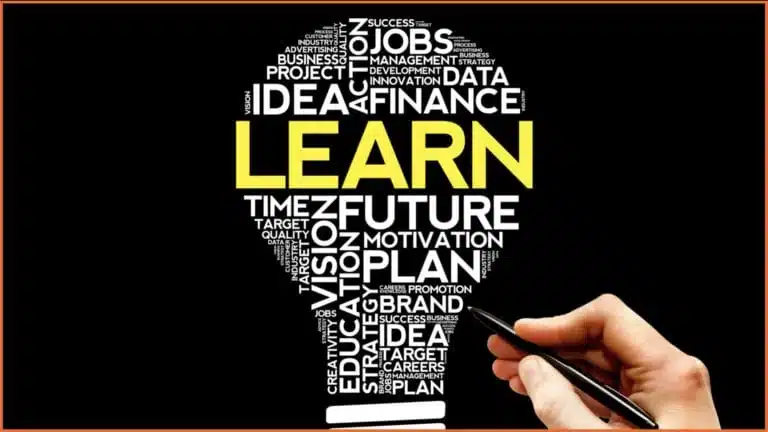
The point of both these examples is that having a lot of data points, does not necessarily help. Rather, it can often get overwhelming for most people. Instead someone needs to take all the available data, understand trends, and then come out with a simple formula, a statistical rule, or a software – which can help everyone make well informed decisions. Furthermore, these need to be reliable enough to helps you defend your decisions, in the long run. This simplicity beyond and within the complexity is what makes people increasingly engage the otherwise lazy System 2. It takes away the risk of being swayed by their flawed intuitions.
There are lot of widely used existing techniques that attempt to ‘narrow down” the said complexity. It makes the process simpler and practical. But the problem is, even then they still are not effective in reducing the effort required and the cognitive load put upon us. They are far from the simplicity and effectiveness of Apgar or Goldman Scores. Let us go through a few of them –
Popular ranking techniques and their pitfalls:
- Distribution Technique:
This works well when we are dealing with allocation of finite entities like time or money. We can distribute them across candidates (e.g., what % of time on which activity).Pitfall is – its effectiveness is limited to allocation. - Scaling Technique (Likert):
This uses rating scales, say from 1 to 5, 1 to 10 etc.Pitfall is – the rating here can give a false sense of absoluteness. A perfect 10 would mean ‘better in relation to something’ but it would not mean the thing being rated as 10 would be perfect. - Pros & Cons/ SWOT:
The most popular one, I am sure you would also have used it multiple times when making a decision.Pitfall is – it is very difficult to keep your bias aside while using them hence there are high chances of them being coloured by your existing biases. - Matrix method:
Very commonly used for multi-criteria decisions, this one works by assigning each criteria a weightage based on its perceived importance.Pitfall is – you can make many decisions look good by slight tinkering with the assigning of weightages.
How can we make better defensible decisions?
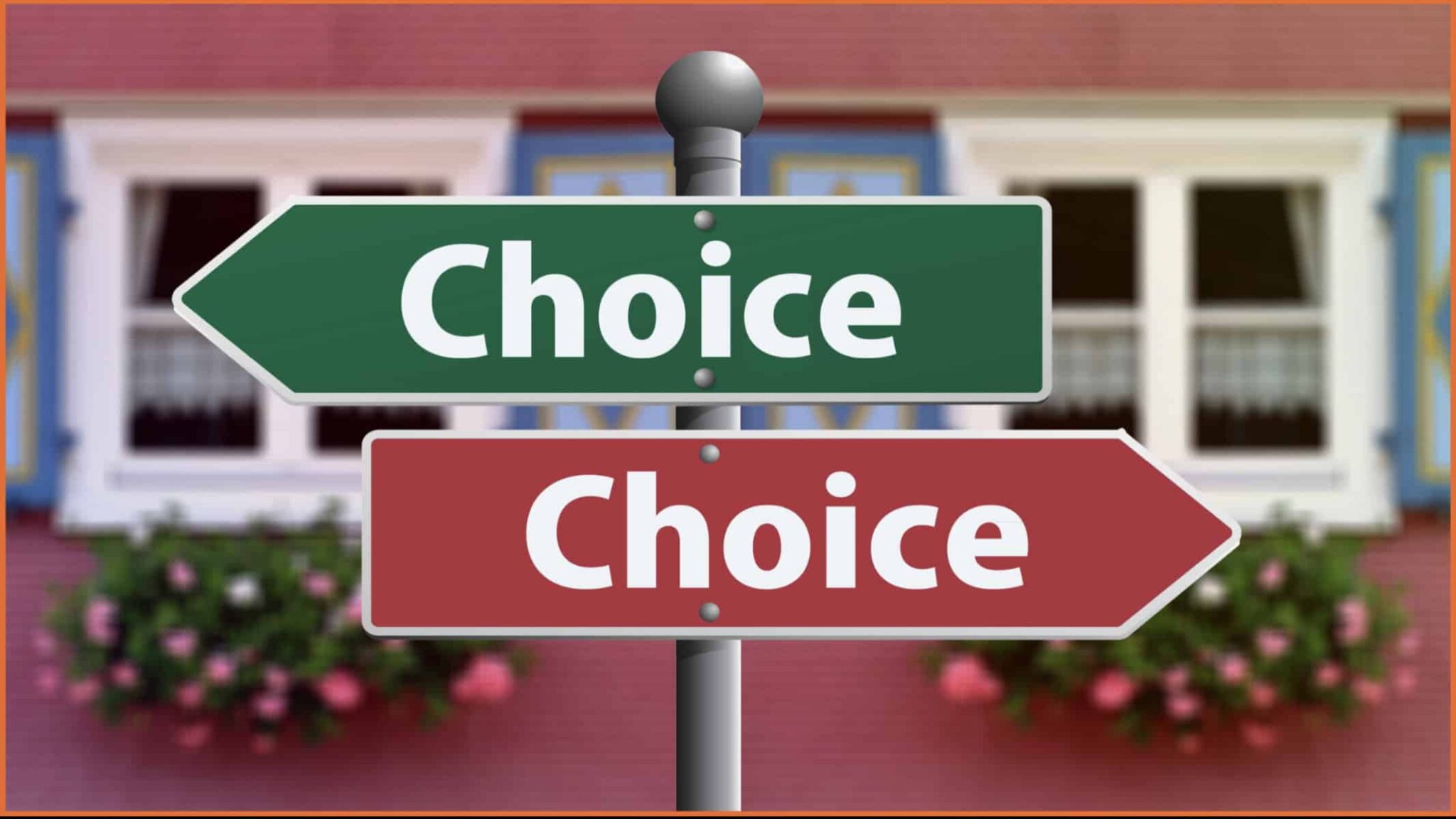
As mentioned earlier, decisions based on our gut are more common. But, there is ample evidence that ‘intuitive decision making’ can often lead to wrong decisions, while making us believe we are right. The ‘deliberate decision-making process’, on the other hand, seems very complex, cumbersome, and overwhelming. Our System 2 is already seemingly lazy and if we attempt to engage it in such an overwhelming process, it is very likely to pass the buck back to System 1.
So, what do we do?
Fortunately, there are solutions available for our aid. AHP (Analytical Hierarchical Process) is one such robust decision-making system. It combines both the ease and effectiveness of Apgar and Goldman scores. When faced with single criteria and multiple choices, it can help you assess the options in pairs for cognitive ease and even provide clear scores so that you can pick up the best option.
Similarly, for multiple criteria decisions, it provides scores to help effectively segregate the criteria, assigning weightages and finally in ranking the options. All this makes decision making very easy. There is a simple, easy-to-use software which takes away all the cognitive burden and provides you with a better defensible decision.
In case you want to know more about it, you can write to us at hello@focusu.com.



